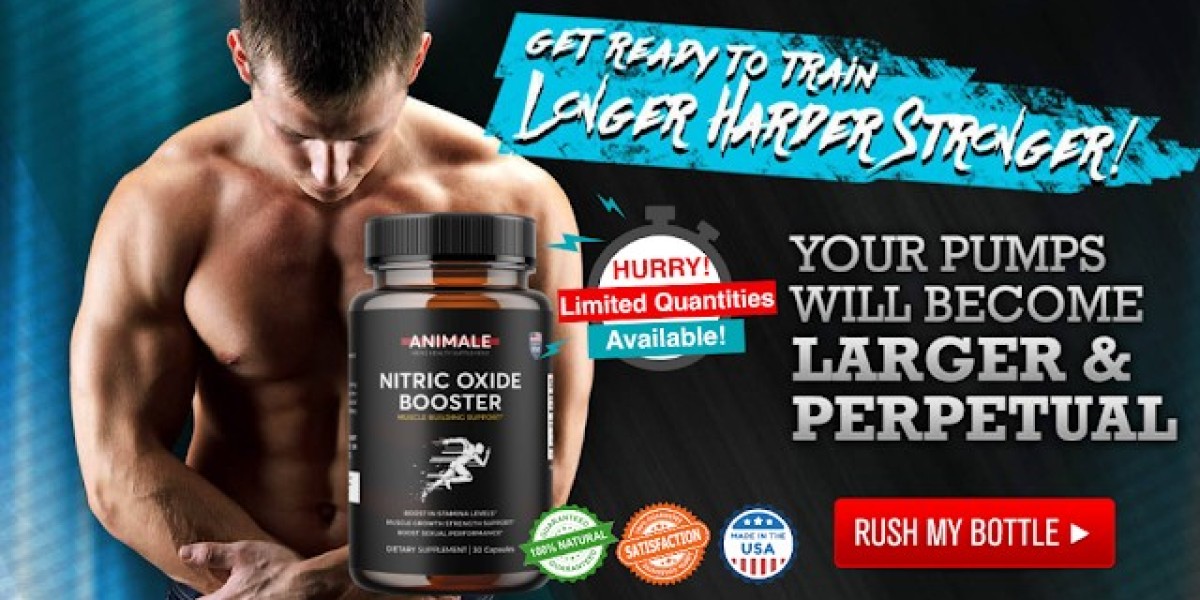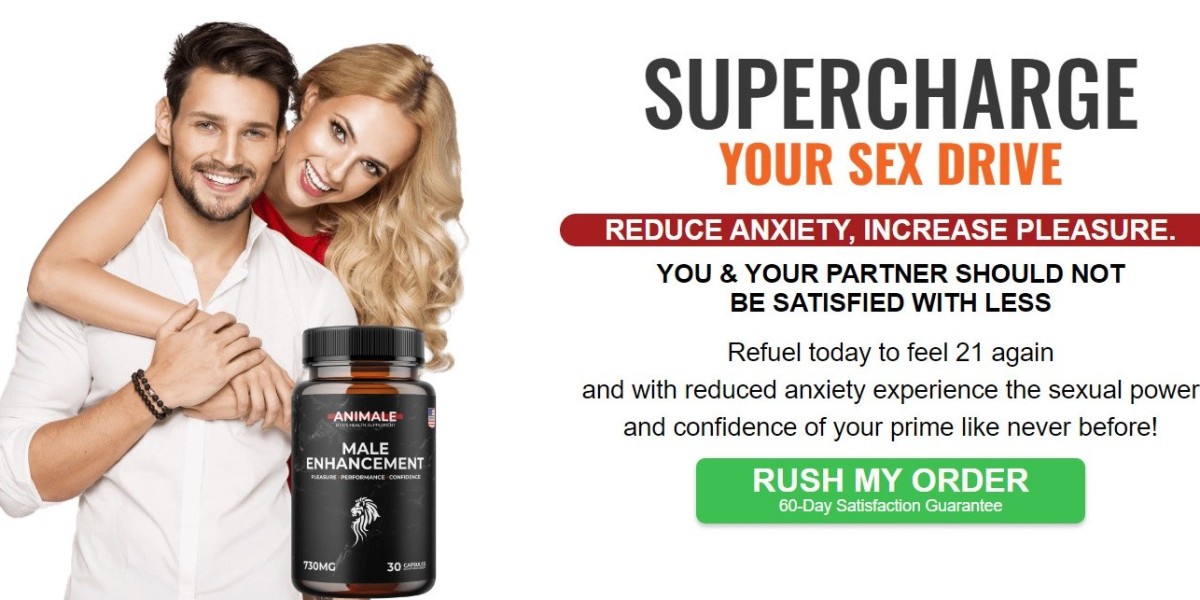The lithium-ion battery has become the backbone of our modern world. From powering our smartphones and laptops to driving the electric vehicle revolution, these rechargeable batteries are essential for a sustainable future. But behind the scenes of these powerful cells lies a critical, yet often overlooked component: the battery separator.
The Silent Hero: What is a Battery Separator?
Imagine a battery as a tiny power plant. Inside, positively charged lithium ions flow from the anode (negative electrode) to the cathode (positive electrode) during discharge, generating electricity. The separator sits between these electrodes, acting as a gatekeeper. It allows the free flow of ions but prevents physical contact between the anode and cathode, which would cause a short circuit and damage the battery.
Ideally, a good battery separator should be:
- Electrochemically stable: Withstand the harsh chemical environment within the battery.
- Highly ionic conductive: Allow efficient movement of lithium ions.
- Electronically insulating: Prevent any current flow between the electrodes except through the designated path.
- Thin and lightweight: Maximize battery capacity and energy density.
Market Growth Fueled by Electric Dreams
The battery separator market is on a thrilling ride, driven by the surging demand for lithium-ion batteries. The increasing adoption of electric vehicles (EVs) is a major growth factor. As governments push for cleaner transportation and consumers embrace eco-friendly options, EV production is expected to skyrocket. This translates to a parallel rise in the need for high-performance battery separators.
Beyond EVs, the demand for lithium-ion batteries extends to consumer electronics, power tools, and even large-scale energy storage applications. The growing focus on renewable energy sources like solar and wind further intensifies the need for efficient energy storage solutions, all of which rely on effective battery separators.
According to Stratview Research, the global battery separator market size was valued at USD 9.46 billion in 2022 and it is projected to reach USD 22.83 billion by 2028, growing at a CAGR of 15.68% during 2023-2028. This impressive growth trajectory reflects the crucial role separators play in powering the future.
Polyolefin Reigns Supreme: The Current Landscape
Currently, polyolefin separators, particularly polypropylene (PP), dominate the market. Polyolefin separators offer a good balance of performance and cost-effectiveness, making them suitable for a wide range of battery applications.
However, with the relentless push for improved battery performance, especially in terms of energy density and fast charging capabilities, the limitations of polyolefin separators are coming to light. Their relatively lower heat resistance and higher flammability can be safety concerns, particularly for high-performance batteries used in EVs.
Innovation Brews: Exploring New Frontiers
This is where the future of battery separators gets exciting. Researchers and manufacturers are actively exploring new materials and technologies to address the limitations of polyolefin separators. Some promising contenders include:
- Ceramic separators: These offer superior thermal stability and fire retardancy, making them ideal for high-performance batteries.
- Composite separators: Combining different materials like polymers and ceramics can leverage the strengths of each to create separators with enhanced properties.
- Solid-state electrolytes: This next-generation technology eliminates the need for a liquid separator altogether, potentially leading to safer and more energy-dense batteries.
While these advancements hold immense promise, challenges remain. Ceramic and composite separators can be more expensive than traditional options. Solid-state electrolytes are still under development, with technical hurdles to overcome before widespread adoption.
The Road Ahead: Collaboration is Key
The future of the battery separator market hinges on continuous innovation and collaboration. Battery manufacturers, material scientists, and research institutions need to work together to develop cost-effective, high-performance separators that meet the ever-increasing demands of next-generation batteries.
Here are some key areas where collaboration can be instrumental:
- Developing new materials: Exploring novel materials with superior properties tailored for specific battery applications.
- Manufacturing advancements: Scaling up production processes for new separator technologies to ensure affordability and wider accessibility.
- Standardization and regulations: Establishing clear standards for safety, performance, and environmental impact of battery separators.
Conclusion: A Bright Future Powered by Innovation
The battery separator market is at a critical juncture. As the demand for high-performance batteries soars, innovation in separator technology will be paramount. By embracing new materials, fostering collaboration, and navigating regulatory landscapes, the industry can unlock the full potential of lithium-ion batteries and pave the way for a cleaner, more sustainable future. The unassuming battery separator, once a silent hero, is poised to take center stage in powering the technological revolution to come.



